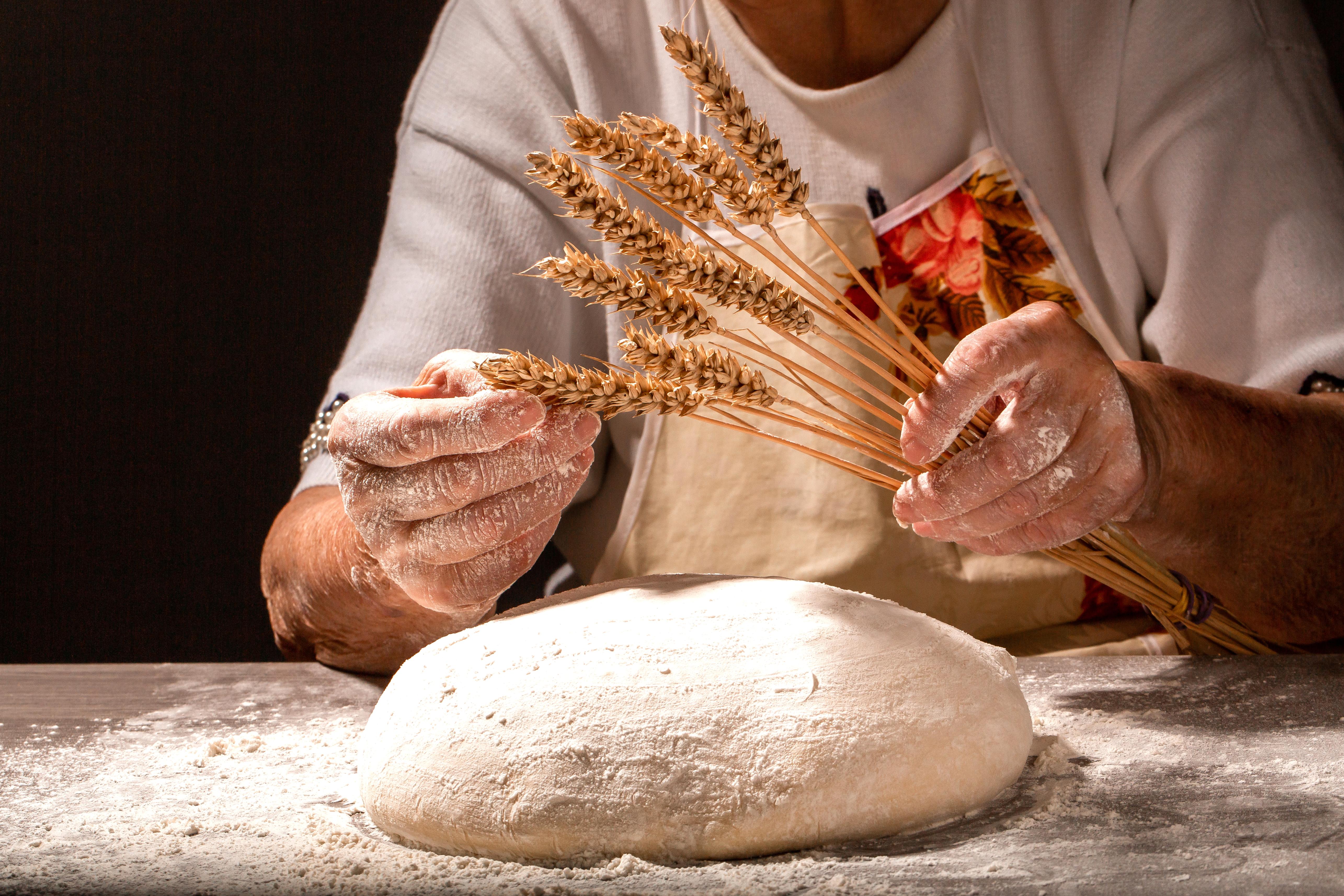10 Unexpected Facts About the History and Science of Baking Bread
Bread, a staple in many cultures, is much more than just a food item; it is a symbol of sustenance, tradition, and community. The art of baking bread has been passed down through generations, each loaf carrying the weight of history and the promise of nourishment. This article invites you to explore the fascinating world of bread baking through 10 hidden historical and scientific gems. From ancient techniques to modern scientific advancements, each section will uncover a unique aspect of bread's journey through time. As we dive into this exploration, you'll discover how bread has shaped societies, influenced economies, and inspired culinary innovation. Whether you're a seasoned baker or a curious novice, these insights will deepen your appreciation for the humble loaf and its profound impact on our world.
1. The Ancient Origins of Bread Baking

Bread's story begins thousands of years ago, with the earliest evidence of bread-making dating back to around 14,000 years ago in what is now Jordan. Archaeologists discovered charred crumbs at a Natufian site, suggesting that these ancient people were already experimenting with wild grains long before the advent of agriculture. This discovery challenges the conventional timeline, indicating that bread may have been a catalyst for the development of farming, rather than a byproduct. As societies transitioned from hunter-gatherer lifestyles to settled agricultural communities, bread became a staple food, central to daily life and rituals. The evolution of bread-making techniques reflects the ingenuity and adaptability of our ancestors, who harnessed the power of fermentation and heat to transform simple ingredients into a nourishing product.